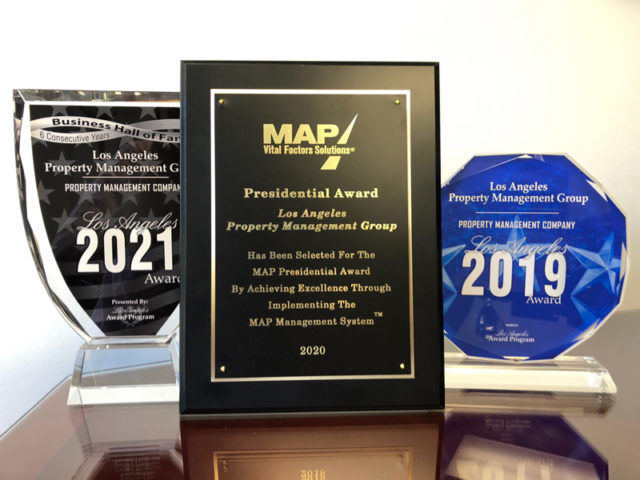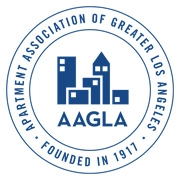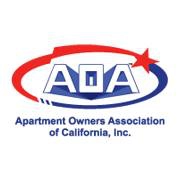Being a landlord in Los Angeles can be both profitable and complicated. The city’s housing market is always active, but so are its tenant protection laws. Los Angeles has some of the strictest rental regulations in the country, designed to balance tenant stability with property owner rights.
If you own rental property here, staying informed about these laws isn’t optional, it’s critical. A missed form, an incorrect notice, or a rent increase that’s even slightly too high can result in serious fines or legal disputes.
In this guide, we’ll cover four of the most important landlord laws in Los Angeles. Each one plays a major role in how you manage your rentals, interact with tenants, and protect your investment.
1. Los Angeles Rent Stabilization Ordinance (RSO)
If your rental property was built before October 1, 1978, there’s a strong chance it falls under the Rent Stabilization Ordinance, or RSO. This law governs rent control in the city and limits how much a landlord can increase rent each year.
The city updates the allowable rent increase annually, and for most units, it’s currently capped at around 4%. It doesn’t matter how long your tenant has been there, the same limit applies across the board. Landlords who exceed this amount can face repayment orders or penalties.

It’s also worth noting that the RSO doesn’t just affect rent increases. It impacts evictions, registration, and even allowable pass-through costs. Understanding these rules helps you maintain predictable revenue while staying compliant with local law.
If you’re budgeting for long-term maintenance and management, knowing how these limitations tie into property management fees can help you plan ahead without cutting corners.
2. Just Cause and Relocation Requirements
After a tenant has lived in a rental unit for more than six months, Los Angeles law requires landlords to have a valid “just cause” to terminate the tenancy. This is one of the most important distinctions between LA and many other cities.
Acceptable reasons include:
-
Non-payment of rent
-
Serious or repeated lease violations
-
The landlord or an immediate family member moving into the unit
-
The property being removed from the rental market
When the reason for ending a tenancy isn’t the tenant’s fault, like for an owner move-in or withdrawal from the market, the landlord must provide relocation assistance. The required payment can range from roughly $11,000 to over $25,000 depending on the tenant’s income, age, and length of residence.

The goal behind this law is to ensure tenants have financial support when they’re displaced through no fault of their own. For landlords, the key is documentation, keep written records of your reasoning, your notices, and any payments made.
If you’re balancing compliance, communication, and daily operations, understanding the impactful reasons to hire a property management company can give helpful context for why many landlords rely on professional oversight in LA.
3. Remaining COVID-19 Tenant Protections
Although the city’s emergency orders have ended, Los Angeles still maintains some pandemic-era tenant protections. These rules were created to prevent a wave of evictions during COVID-19, and while many have expired, a few remain in effect.
For example, rent debt that accrued between March 2020 and September 2021 cannot be used as grounds for eviction. In addition, landlords must continue following specific notice requirements for rent increases and lease changes.
Failing to follow the proper notice procedure, even if your reason for eviction is valid, can result in your case being dismissed in court. It’s a small but costly mistake that landlords continue to make.
These leftover protections can be confusing because they overlap with other city laws. When in doubt, reference official city forms or consult a local expert. Having a consistent system for notices and documentation can protect you from future disputes.
4. Registration and Disclosure Obligations
Each year, landlords must register their rental properties with the Los Angeles Housing Department and pay the required Rent Stabilization or Systematic Code Enforcement fees. This registration is mandatory, not optional.
You’re also responsible for giving tenants a copy of the Rent Stabilization Notice and displaying it somewhere visible on the property, typically in a common area or near the main entrance. Overlooking this step can have serious consequences.

If your property isn’t properly registered, you could temporarily lose the right to file an eviction until everything is brought up to date.
This kind of administrative work may seem tedious, but it’s one of the most effective ways to stay compliant. For a clear overview of the process, the article How to Rent Out Your House in Los Angeles, CA explains what landlords need to keep in mind before leasing their property.
Staying Within Legal Boundaries
Beyond these four major areas, landlords also need to understand what they legally can and cannot do in day-to-day interactions. Some actions that might seem harmless, like showing up unannounced or shutting off utilities during a dispute, can actually be considered harassment under local law.
The article on things landlords are not allowed to do to their tenants outlines some of these gray areas. Knowing these boundaries keeps you protected and helps maintain a respectful relationship with your tenants.
LA’s rental laws are designed to ensure fairness, but they also add layers of responsibility for property owners. When in doubt, it’s always better to pause, document, and verify before taking action that could be challenged later.
Why Staying Informed Matters
Every landlord in Los Angeles has to adapt to an evolving regulatory environment. The city regularly revises rent stabilization limits, adjusts relocation fees, and updates registration processes. What was compliant last year might not be today.
Ignoring these changes can have serious consequences. Landlords have faced lost eviction rights, delayed rent increases, and even lawsuits for failing to follow notice rules or registration deadlines.
By keeping up with city requirements, documenting every transaction, and treating tenant communication professionally, you’ll save yourself significant stress down the line.
Many landlords find that having a consistent legal awareness ,paired with organized property management, helps turn compliance into routine rather than chaos.
Final Thoughts
Running rental property in Los Angeles requires more than collecting rent and handling maintenance requests. Between rent control caps, just cause regulations, pandemic carryovers, and mandatory registration, every landlord needs to operate with precision.
By understanding these four core laws, you can protect your investment, avoid unnecessary disputes, and build long-term stability for your properties.
To stay informed and compliant, explore more resources from Los Angeles Property Management Group.








